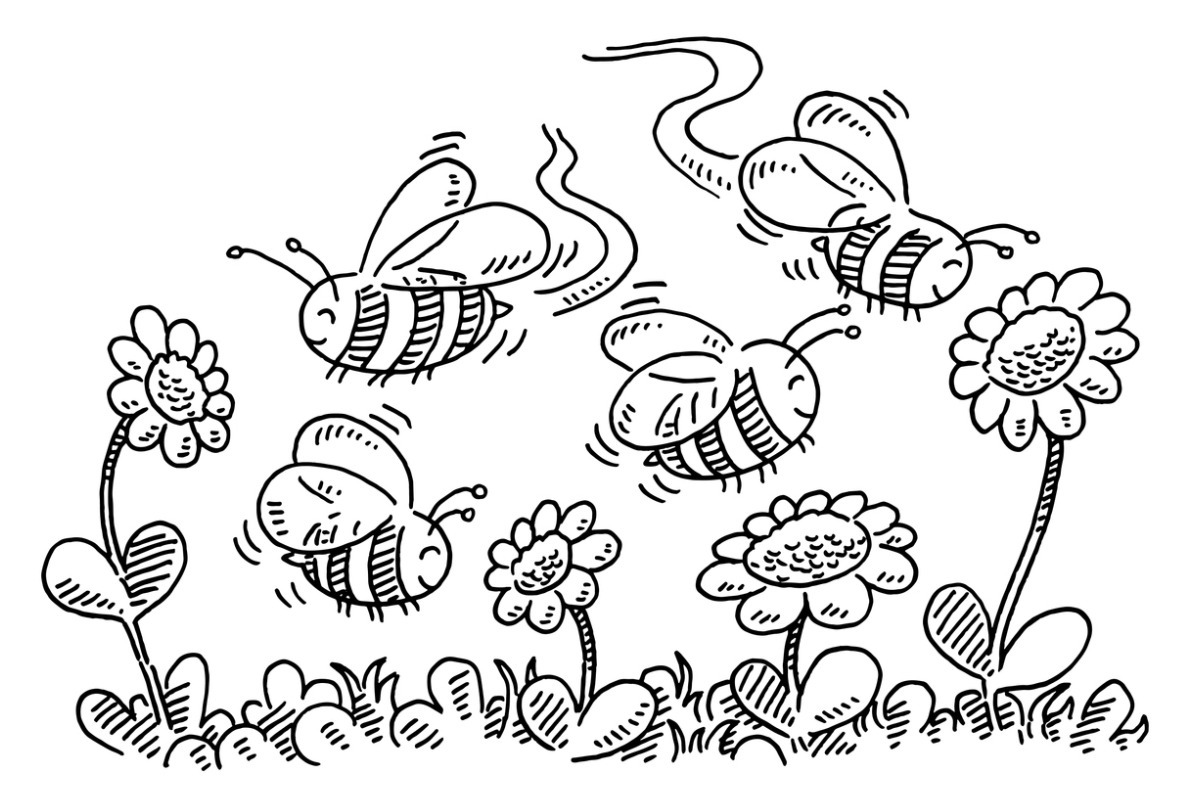 For investors, equities’ performance this year has been enervating. After a four-month pasting, the stock market crept cautiously into May yesterday with a small 0.57% advance for the S&P 500, and this morning was ahead by a measly 0.1%.
For investors, equities’ performance this year has been enervating. After a four-month pasting, the stock market crept cautiously into May yesterday with a small 0.57% advance for the S&P 500, and this morning was ahead by a measly 0.1%.
Still, history gives us some solace, indicating that a nasty rout to begin the year won’t necessarily mean a lousy time ahead.
To be sure, there’s also precedent for continued mayhem in the wake of a punk first four months, says Sam Stovall, CFRA’s chief investment strategist. After all, the 10 worst January-April showings since 1928 led to the S&P 500 turning positive in May only 30% of the time, and showed a full-year gain just 20% of the time. Volatility lately is up, at 32 on the CBOE Volatility Index.
The recent first-four-month decline is the worst since 1945, says Stovall. Fear of the Federal Reserve’s tightening campaign (the Fed’s policymaking body announces its latest rate increase tomorrow), rampant inflation, supply snafus, the Ukraine war, and the pandemic are all obstacles to good performance.
Right now, of course, we are in a correction, defined as a 10% drop from peak, with the index down 12.8% this year. April is usually a good month, up an average 1.4% yearly since 1928, according to Yardeni Research. That ties December, and is exceeded only by July (1.6%). Historically, May is no great shakes: down 0.1%, tying February, with September the worst at minus 1.0%.
But Stovall notes that 23 corrections have occurred since World War II, dipping an average 14% and requiring four months to fall from peak to trough. He calculates that the current downdraft has averaged 14%. Historically, following the 14% slide, the S&P 500 has needed an average of only four months to retrace what it lost during the correction.
If that’s the case, then the market should return to its recent prominence by September.
